add some pizzazz to complete this transformation?
elixir75
11 years ago
Related Stories
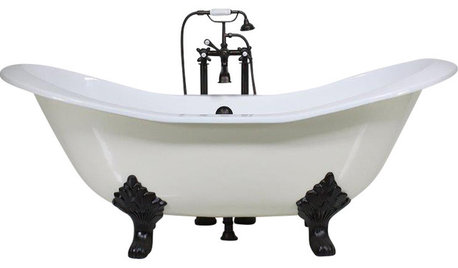
PRODUCT PICKSGuest Picks: Add Pizzazz With Black and White
Bold and eye catching, the classic duo of black and white will create drama and interest in any room
Full Story
GARDENING GUIDESGreat Design Plant: Anemone Canadensis Adds Pizzazz to Water’s Edges
Plant Canadian anemone along pond, lake or stream edges for a splash of white flowers in late spring
Full Story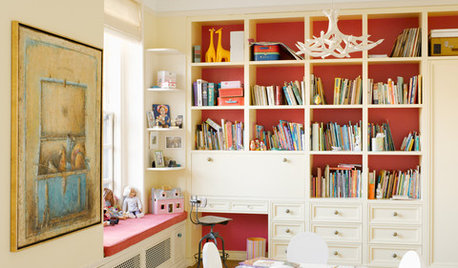
COLORPaint Your Bookcases to Transform Your Room
Give your shelves some color for a whole new look. Here are 10 examples, from subtle to bold, and some styling tips to try
Full Story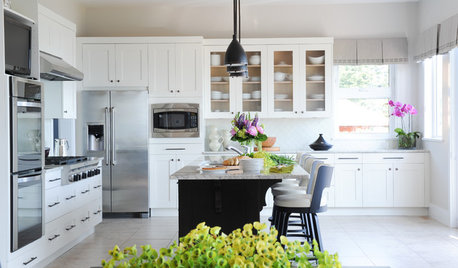
INSIDE HOUZZInside Houzz: Refaced Cabinets Transform a Kitchen
No walls came down. No windows were added. But this once-dark kitchen looks completely different, thanks to bright new surfaces
Full Story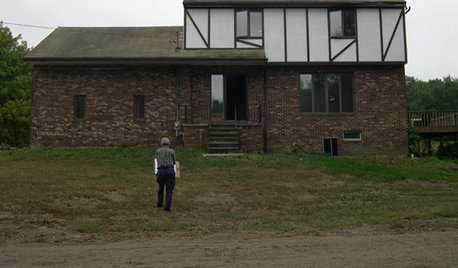
BEFORE AND AFTERSRadical Makeover Scoop — See a New York Home's Fantastic Transformation
How much can you change a home's personality without moving or tearing the whole thing down? Completely, it turns out
Full Story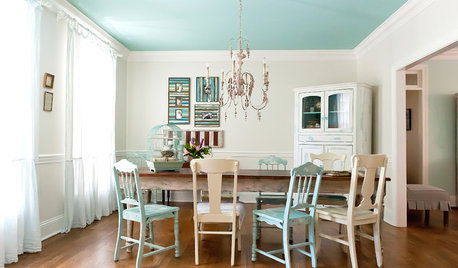
COLORAdd Excitement With Vibrant Ceiling Color
Slather on some bold ceiling color for an instant — and eye-catching — transformation
Full Story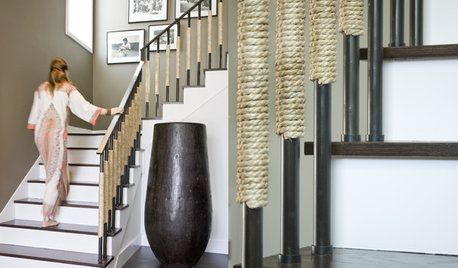
ACCESSORIESComplete Your Room With a Floor Vase
Large and dramatic floor vases add big impact in a small space
Full Story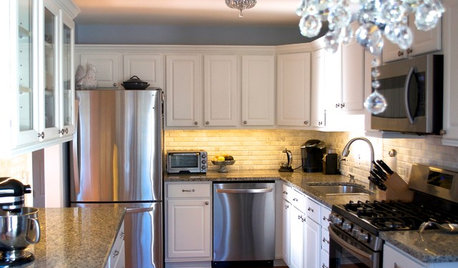
KITCHEN DESIGNDIY Spirit and $8,700 Transform a Townhouse Kitchen
The Spanos taught themselves some remodeling tricks, created a Houzz ideabook and then got to work on their kitchen makeover
Full Story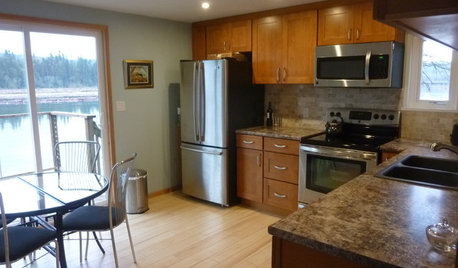
KITCHEN MAKEOVERSSee a Kitchen Refresh for $11,000
Budget materials, some DIY spirit and a little help from a friend turn an impractical kitchen into a waterfront workhorse
Full Story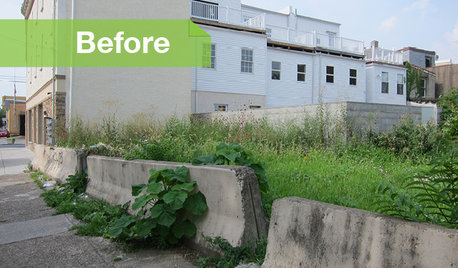
URBAN GARDENSGarbage to Garden: A Vacant Philly Lot Gets Some Green-Thumb Love
Transformed by an artist, this once-derelict urban property is now a tranquil garden with living walls
Full StoryMore Discussions








designoline6
reyesuela
Related Professionals
Elgin Landscape Contractors · Surprise Landscape Contractors · Chelmsford Landscape Contractors · Framingham Landscape Contractors · Lemont Landscape Contractors · Medford Landscape Contractors · Ocoee Landscape Contractors · Stony Brook Landscape Contractors · Palos Hills Landscape Contractors · Castle Rock Decks, Patios & Outdoor Enclosures · Kansas City Decks, Patios & Outdoor Enclosures · Salt Lake City Decks, Patios & Outdoor Enclosures · Haltom City Swimming Pool Builders · Stafford Swimming Pool Builders · Thousand Oaks Swimming Pool Buildersreyesuela
Yardvaark
elixir75Original Author
duluthinbloomz4
Yardvaark
Yardvaark
duluthinbloomz4
Yardvaark
catkim
Yardvaark
catkim
Yardvaark
elixir75Original Author
Yardvaark
deviant-deziner
elixir75Original Author
catkim
reyesuela
reyesuela
Yardvaark
reyesuela
Yardvaark
reyesuela
elixir75Original Author
Yardvaark
elixir75Original Author
elixir75Original Author
Yardvaark
dakota01